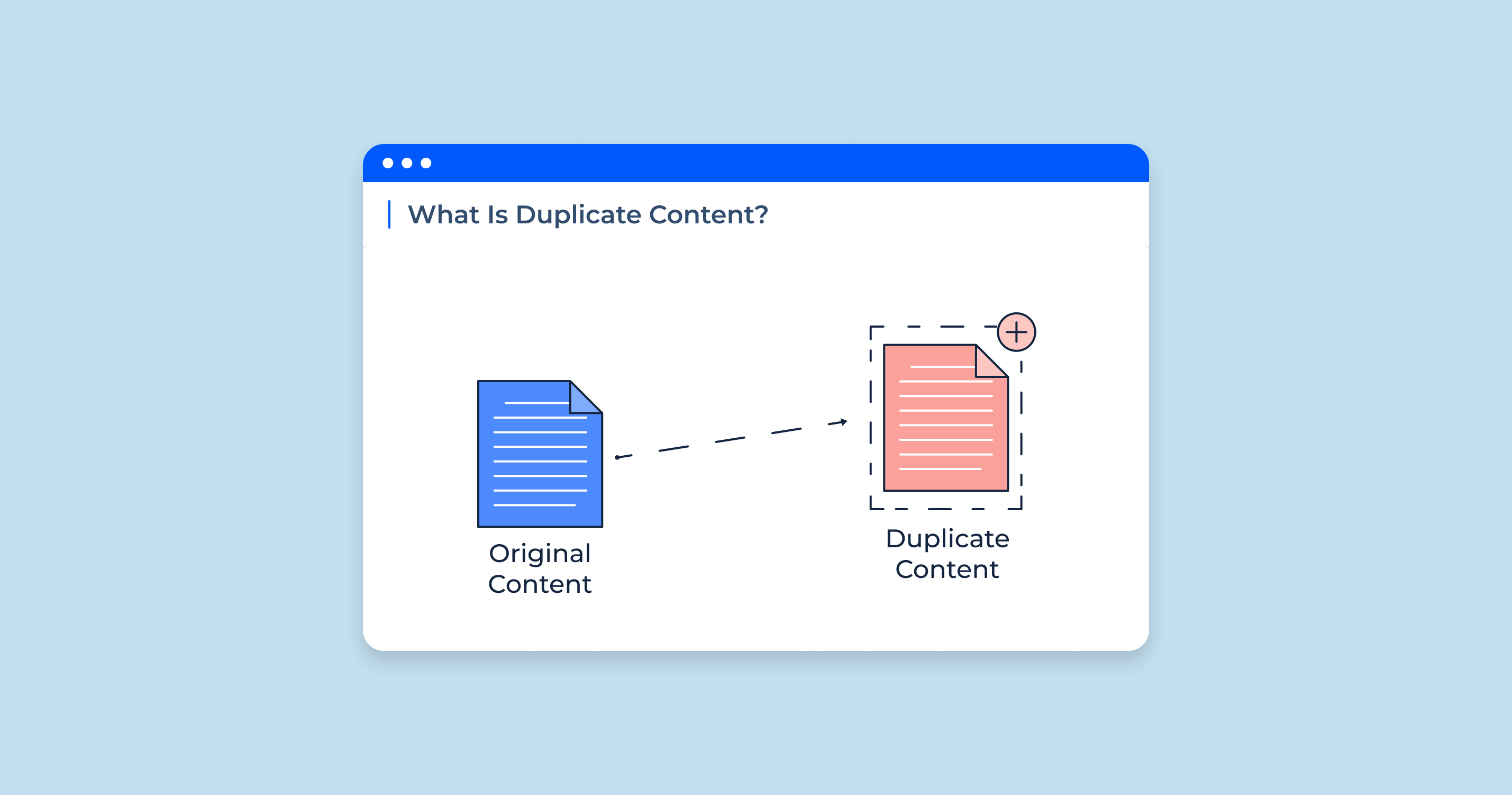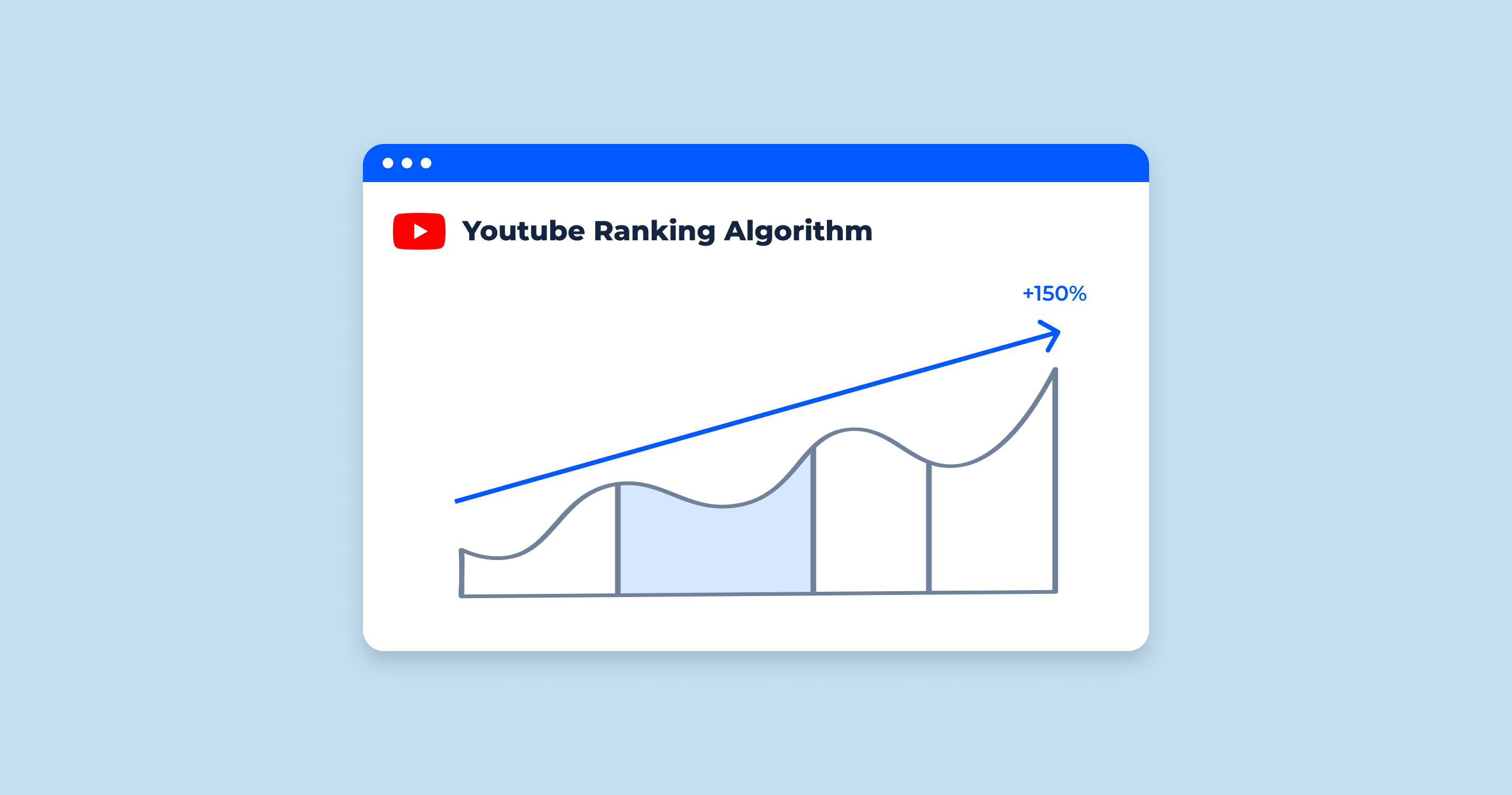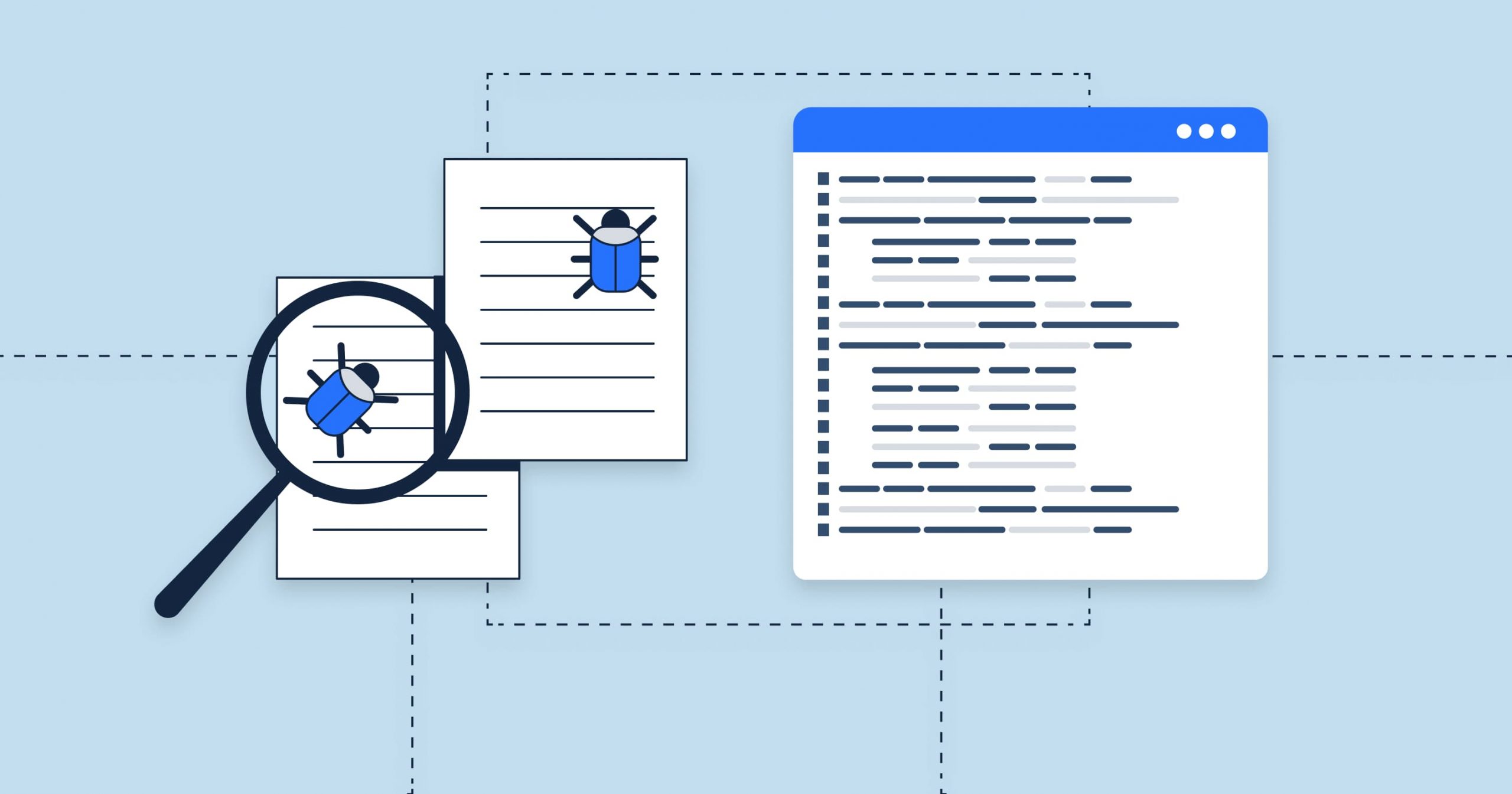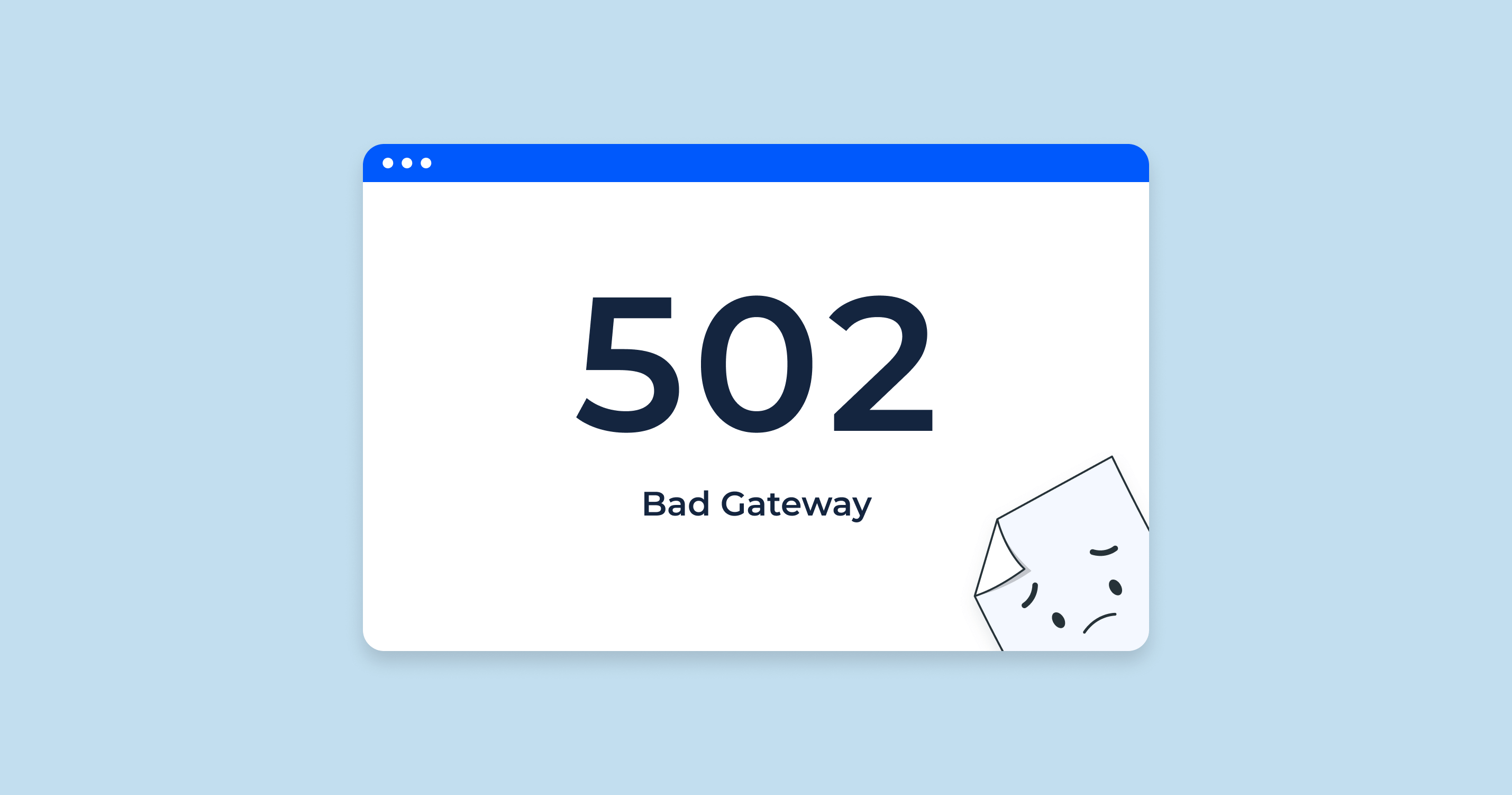What is Duplicate Content?
Duplicate content refers to substantive blocks of content within or across domains that either completely match other content or are appreciably similar.
Duplicate content refers to identical or substantially similar content appearing in more than one location on the web, whether within a single website or across multiple sites. This redundancy can confuse search engines as they try to identify which page is most relevant for a particular search query, potentially leading to lower search rankings.
Duplicate Content in SEO Context
In the SEO context, duplicate content refers to substantial chunks of content that appear in more than one location on the web, either within a single website or across different domains. Such duplication can be a concern for several reasons:
Search Engine Confusion: When multiple copies of the same content exist, search engines can struggle to determine which version is the original or most authoritative. As a result, they may not know which version to index, rank, or display in search results.
Diluted Page Authority: When there are several versions of the same content, inbound links might spread across these duplicates. This dilution means no single page accumulates the full benefit of the backlinks, which could otherwise help in boosting its search rank.
Potential Penalties: While search engines like Google state they don’t penalize sites for unintentional duplication, repeated offenses or deliberate attempts to manipulate rankings (like creating multiple domains with the same content) can lead to SEO penalties.
User Experience: Beyond search engine implications, duplicate content can negatively impact user experience. If visitors encounter the same content on multiple pages or sites, it can reduce the credibility and value of the content.
In summary, while duplicate content is a common issue in SEO, understanding its implications and employing strategies to test it can mitigate its adverse effects.
Google About Duplicate Content on Websites. What’s Important
Navigating the intricacies of duplicate content can be challenging for website owners. John Mueller, a webmaster trends analyst at Google has provided clarity on this topic to help webmasters optimize their sites effectively.
Here’s what you need to know about Google’s stance on duplicate content and the key takeaways for maintaining a user-friendly and SEO-optimized website.
Here are the latest tweets on Duplicate content topic:
John Mueller of Google highlights the significance of addressing duplicate content for optimal site performance. While duplicate content isn’t a direct ranking issue for Google, it can hinder clarity.
Utilizing canonical tags, rel=”next” and rel=”prev” tags, and noindex tags can help manage such content. It’s essential to ensure the content is user-relevant and not misleading, as it can impact rankings.
6 Ways to Prevent Duplicate Content on Your Website
Maintaining the integrity and uniqueness of content is a cornerstone for any successful website. Not only does it affect the user experience, but it also ensures optimal search engine performance. As you delve into building or refining your website, here are six key strategies to keep in mind:
1. Use unique content
This is the most obvious way to prevent duplicate content. When you create new content, make sure it is original and not copied from another source. You can use a plagiarism checker to help you ensure that your content is unique.
2. Use canonical tags
A canonical tag is a way to tell search engines which version of a page is the original. This can be helpful if you have multiple pages with the same content, such as a page in multiple languages or a page with different URL parameters.
3. Use meta tags
Meta tags are HTML code that can be used to provide additional information about a page to search engines. You can use meta tags to specify the title, description, and keywords of a page. This can help search engines understand the content of your page and prevent it from being indexed as duplicate content.
4. Handle parameters correctly
Parameters are variables that can be added to URLs to control the content that is displayed. For example, you could use a parameter to display different product variations or to show different search results. If you are not careful, parameters can create duplicate content. To avoid this, you should use canonical tags or meta tags to specify the original version of the page.
5. Avoid duplicate URLs
If you have two pages with the same URL, this will create duplicate content. To avoid this, you should make sure that all of your pages have unique URLs.
6. Use redirects
If you have a page that is no longer relevant or that you want to redirect to another page, you can use a redirect. Redirects can help prevent duplicate content by sending users to the correct page.
Utilizing a content management system with inherent features that find duplicate content is essential. Platforms like WordPress and Drupal come equipped with tools such as canonical and meta tags to aid in this.
It’s also crucial to periodically examine your website for content repetition, using the plethora of online tools available for this very purpose. Gaining perspectives from others on your content can also be beneficial, as they might spot duplicates you’ve overlooked.
By being proactive and employing these strategies, you can enhance your website’s search engine performance and user experience by ensuring it remains free from duplicate content issues.
Troubleshooting and Solving Duplicate Content Errors
Managing content on websites is crucial not just for user experience but also for SEO. One of the prevalent challenges webmasters face is handling duplicate content. Let’s delve into some common issues and their solutions, starting with:
Duplicate Content on Multiple URLs
Having the same content appear on multiple URLs can confuse search engines, making them unsure of which page to index and rank, leading to potential SEO penalties.
Mixed Versions of ‘www’ and ‘non-www’ Domains
Sometimes, a website can be accessible both with ‘www’ (e.g., www.example.com) and without ‘www’ (e.g., example.com), leading to perceived duplicate content.
Content Syndication
If your content is syndicated on other websites or you republish content from others, search engines might see this as duplicate content.
Similar Product Descriptions
E-commerce sites often have similar product descriptions for items that only slightly differ, leading to duplicate content issues.
Check Website for Duplicate Content With Duplicate Content Checker by Sitechecker
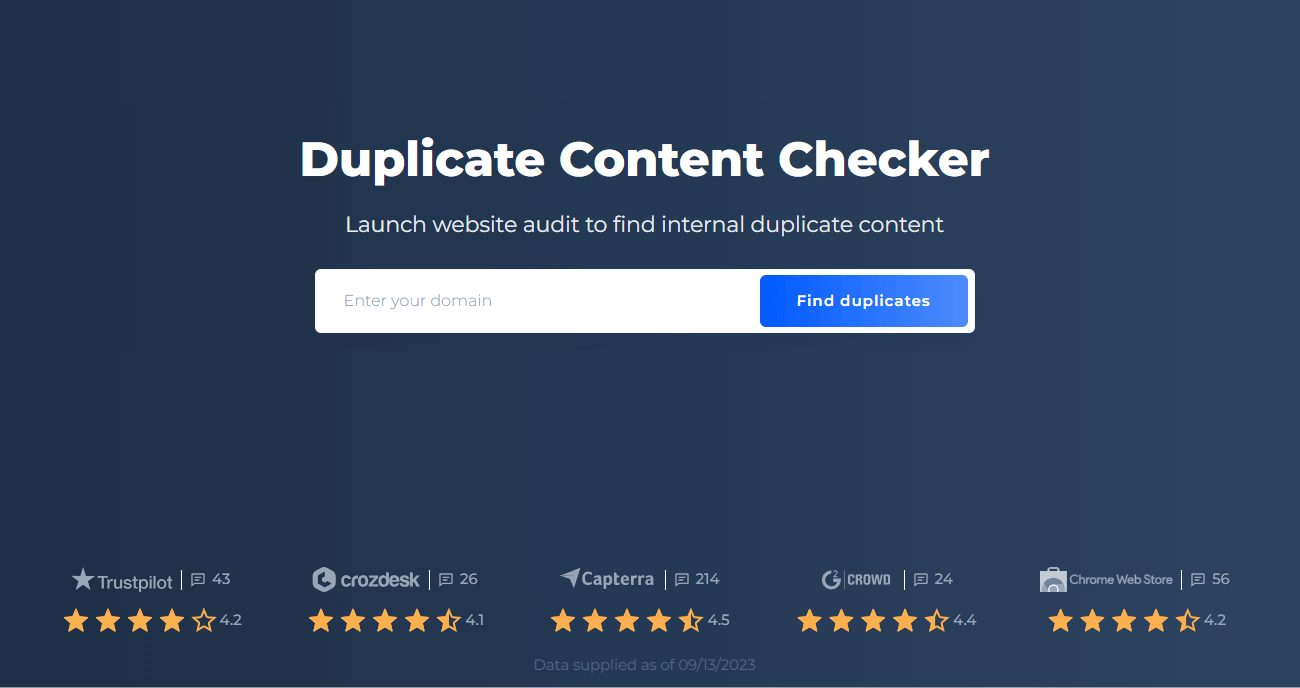
SiteChecker’s Duplicate Content tool offers a valuable resource for anyone concerned about the SEO implications of duplicated content.
In the realm of SEO, duplicate content can harm a website’s ranking potential. Search engines aim to deliver unique and relevant content to users, and having similar or identical content across different URLs can confuse search algorithms, possibly leading to penalization. SiteChecker’s tool scans websites and highlights any potential content that appears to be duplicated, allowing webmasters and SEO professionals to identify and rectify such issues promptly.
Beyond just detecting duplication, this tool helps to enhance the user experience and boost the credibility of a website. By ensuring that content is original and unique, businesses and individuals can present a more authentic and authoritative online presence, ultimately driving better engagement and trust from their audience.
Conclusion
Duplicate content poses SEO challenges by confusing search engines and potentially diluting page authority. Google’s John Mueller underscores that while it isn’t a direct ranking factor, clarity is crucial to avoid misleading users. Addressing this, strategies like employing canonical and meta tags can be beneficial. Tools like SiteChecker’s Duplicate Content Checker assist in proactively identifying and rectifying such content, ensuring optimal search performance and maintaining website credibility.
